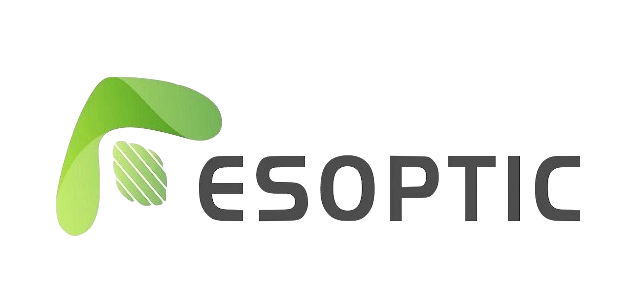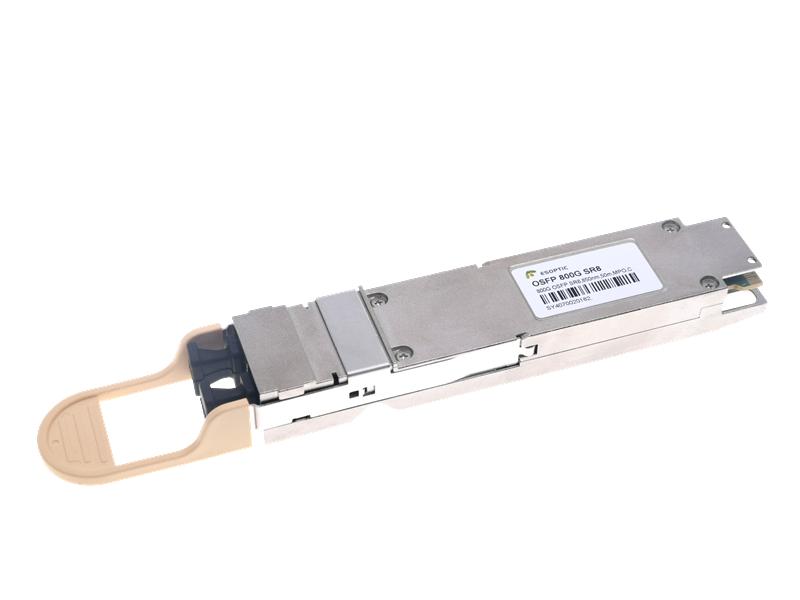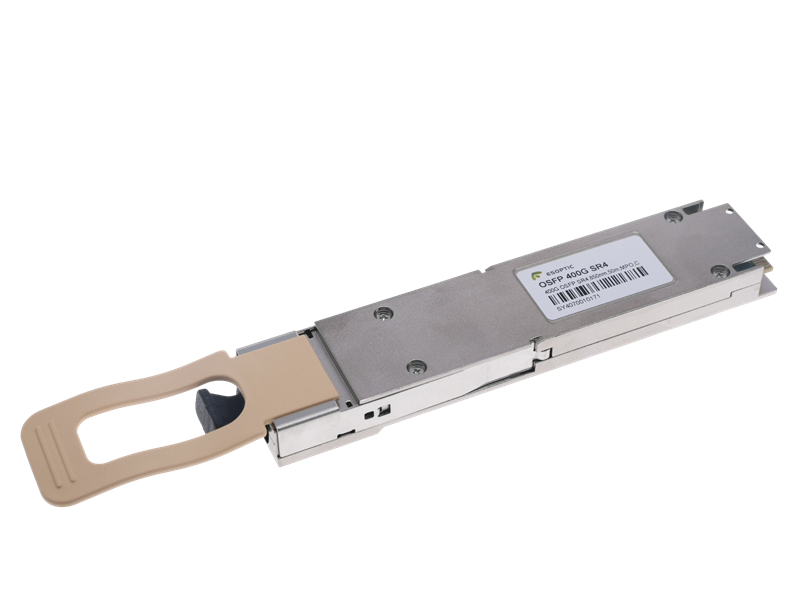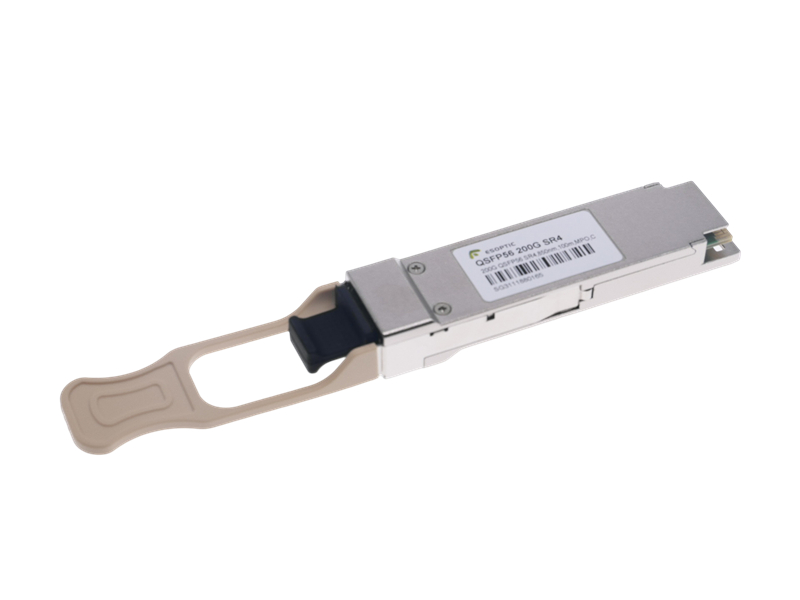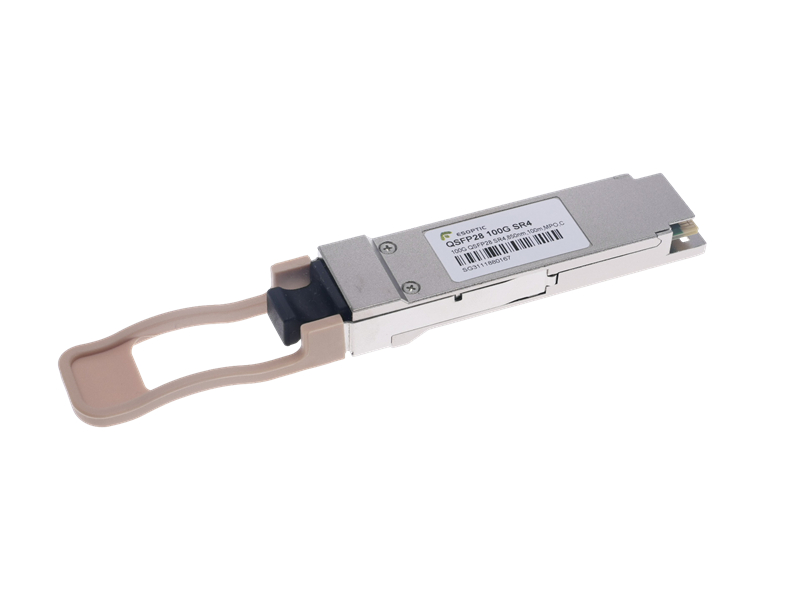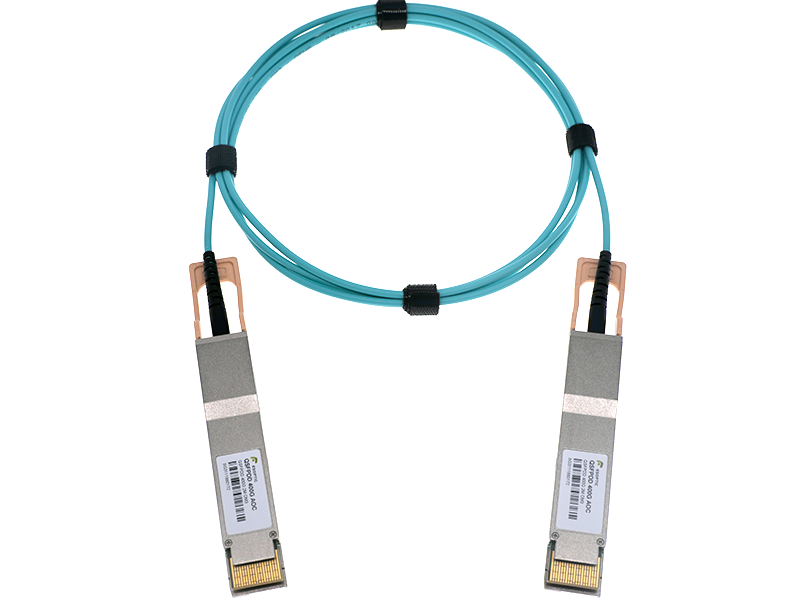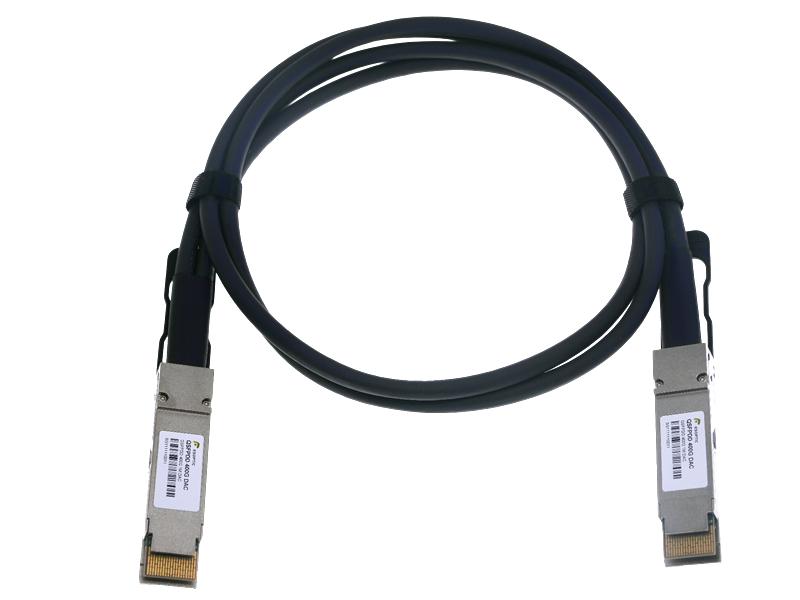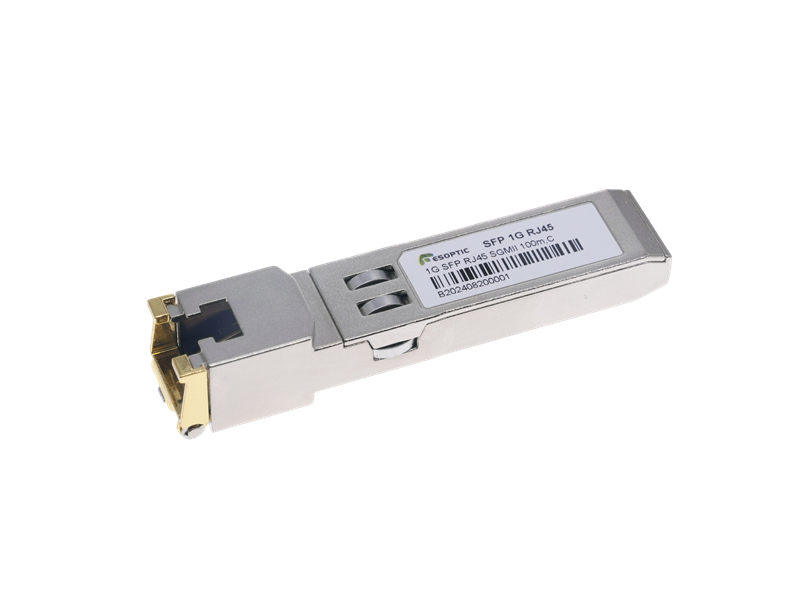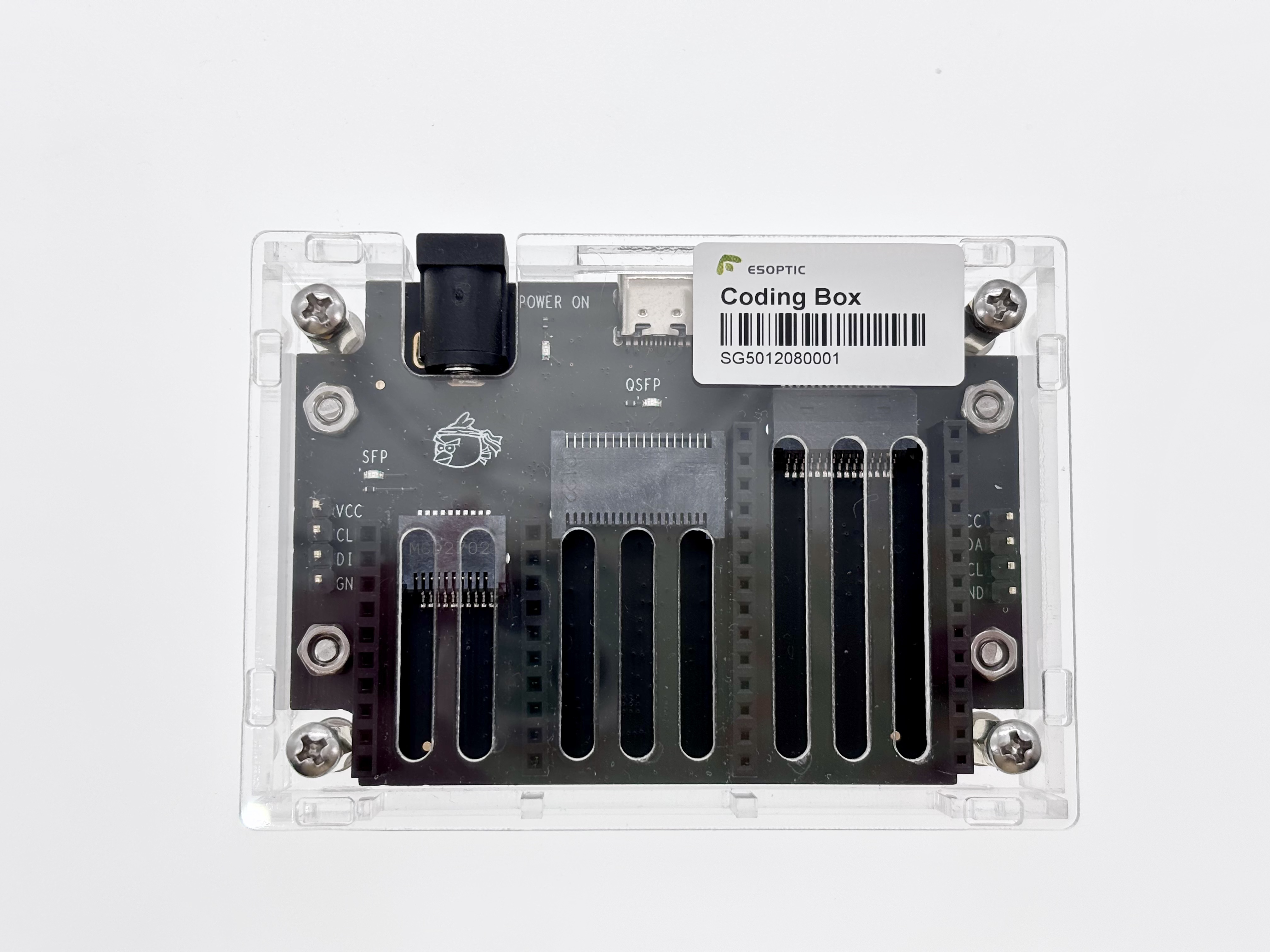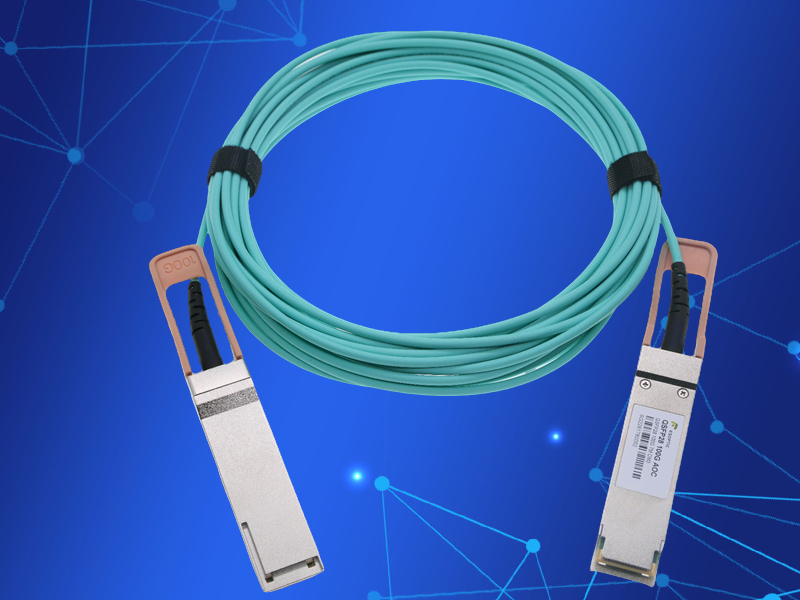Abstract:
Looking to boost your network’s performance? This article explores the QSFP+ active optical cable, a sleek solution for high-speed data transfer in today’s optical systems.
Breaking Down the QSFP+ Active Optical Cable
Let’s start with the basics: a QSFP+ active optical cable—often just called an AOC—is a high-tech link that combines fiber optics with built-in transceivers. The “QSFP+” stands for Quad Small Form-factor Pluggable Plus, a format designed to handle 40Gbps speeds. Unlike traditional copper cables, this active optical cable uses light to carry data, making it a lightweight, efficient choice for connecting switches, servers, and routers over short to medium distances. It’s a modern marvel for busy networks.
How a QSFP+ Active Optic Cable Works
So, what’s the magic inside a QSFP+ Active Optic Cable? It’s pretty straightforward. At each end, tiny optical transceivers convert electrical signals into light, sending them through fiber strands. Built-in electronics amplify and clean up the signal, ensuring it stays strong over distances up to 100 meters or more. Plug it into compatible ports, and you’ve got a reliable, high-speed connection without the bulk of copper. It’s a plug-and-play design that simplifies life for network engineers.
Why Choose an Active Optical Cable?
The appeal of a QSFP+ active optical cable lies in its balance of speed and practicality. It’s lighter and more flexible than copper, perfect for tight data center racks. Plus, it cuts down on signal interference and power use—big wins for efficiency. Whether you’re linking hardware across a room or a building, this Active Optic Cable delivers 40Gbps with minimal fuss. It’s a go-to for anyone aiming to streamline their setup without sacrificing performance.
Key Features of the QSFP+ Active Optical Cable
What sets the QSFP+ Active Optic Cable apart? For one, it’s pre-terminated—those transceivers are baked right in, so there’s no fiddling with separate modules. It supports distances copper can’t touch, all while keeping latency low. Hot-swappable and compatible with QSFP+ ports, it’s a versatile pick for upgrades or new builds. If you’re in the market for an Active Optic Cable, this one’s engineered to make your network hum smoothly.
The Role of AOCs in Modern Networking
The QSFP+ Active Optic Cable isn’t just a niche tool—it’s part of a bigger shift. As data demands climb with cloud services and 5G, are stepping up to replace heavier, less efficient options. They’re paving the way for denser, faster networks that can handle tomorrow’s traffic.
Summary:
The QSFP+ active optical cable blends speed, efficiency, and ease into one sleek package. It’s a smart choice for powering modern networks with reliable, high-speed links.
FAQs
Q: What’s the max length of a QSFP+ active optical cable?
A: It can reach up to 100 meters, depending on the model.
Q: Is it better than copper cables?
A: Yes—lighter, longer reach, and less interference make it a winner.
Q: Can I use it with older QSFP ports?
A: Usually, yes, as long as the port supports QSFP+ specs.
Q: How fast is an active optical cable like this?
A: It’s built for 40Gbps, perfect for high-speed needs.
Q: Do I need special tools to install it?
A: Nope—just plug it in, and you’re good to go.
